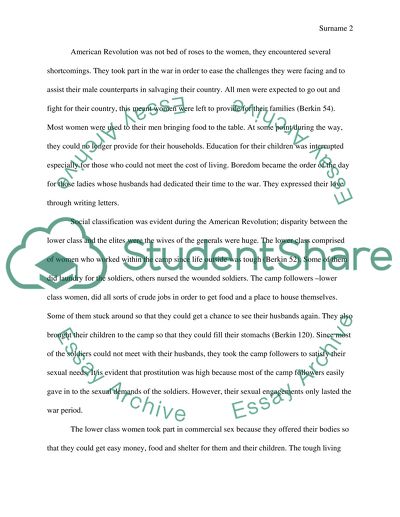Cite this document
(“Essay 1: Carol Berkin, Revolutionary Mothers: Women in the Struggle”, n.d.)
Essay 1: Carol Berkin, Revolutionary Mothers: Women in the Struggle. Retrieved from https://studentshare.org/history/1469217-essay
Essay 1: Carol Berkin, Revolutionary Mothers: Women in the Struggle. Retrieved from https://studentshare.org/history/1469217-essay
(Essay 1: Carol Berkin, Revolutionary Mothers: Women in the Struggle)
Essay 1: Carol Berkin, Revolutionary Mothers: Women in the Struggle. https://studentshare.org/history/1469217-essay.
Essay 1: Carol Berkin, Revolutionary Mothers: Women in the Struggle. https://studentshare.org/history/1469217-essay.
“Essay 1: Carol Berkin, Revolutionary Mothers: Women in the Struggle”, n.d. https://studentshare.org/history/1469217-essay.


